
 Olivia Møller
Freediver - Activist - Explorer
Olivia Møller
Freediver - Activist - Explorer

 Olivia Møller
Freediver - Activist - Explorer
Olivia Møller
Freediver - Activist - Explorer
Every dive places the human body in an environment of shifting gases, fluctuating pressures, and sustained muscular effort. To meet these demands repeatedly, the body requires not only training but also a precise balance of nutrients. Among these, protein is central. It is the raw material from which tissues are built, enzymes are synthesized, and recovery processes unfold. While modern sports culture often reduces protein to scoops of powder in plastic shakers, freediving benefits most from a foundation rooted in whole food sources. These provide not only the essential amino acids needed for repair and adaptation but also the array of micronutrients, fats, and co-factors that allow those amino acids to be effectively utilized.
Unlike many other athletic disciplines, freediving subjects the body to a combination of hypoxia, hypercapnia, and mechanical strain. Each breath-hold dive involves a deliberate deprivation of oxygen followed by reoxygenation upon resurfacing. This oscillation places tissues under oxidative stress, creating conditions that require effective repair mechanisms. Repeated dives over the course of a session amplify this effect, as the cumulative exposure to hypoxia and reperfusion generates micro-damage at the cellular level. Muscle tissue is also placed under sustained load. Even in disciplines that appear calm, such as free immersion or constant weight, divers rely on strong and coordinated contractions of the legs, core, and diaphragm. These movements are repeated hundreds of times during a training cycle, creating a pattern of microtrauma that must be repaired to maintain performance.
Protein intake underpins this repair. Amino acids derived from dietary proteins serve as the building blocks for new muscle fibers, mitochondrial proteins, enzymes involved in oxidative metabolism, and structural components of connective tissue. Without sufficient dietary protein, these adaptive responses are blunted. The result is slower recovery, diminished power output, reduced resilience to oxidative stress, and an increased risk of overuse injuries. For freedivers who train regularly in the water and on land, or who combine depth sessions with strength and conditioning work, these effects are magnified.
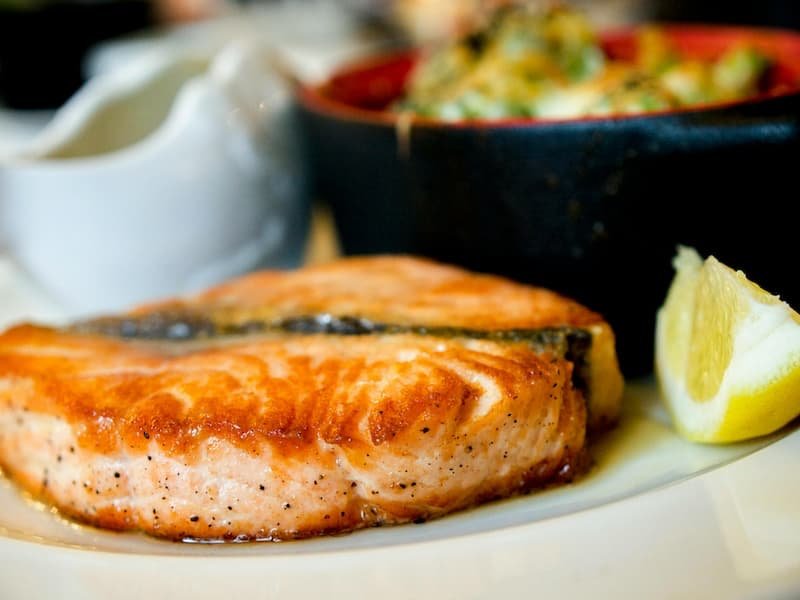
Although there is no large-scale clinical trial defining the precise protein requirements for freedivers, evidence from related fields provides a robust framework. Endurance athletes, swimmers, and divers working under hypoxic conditions benefit from protein intakes higher than those recommended for sedentary individuals. The current scientific consensus for active populations falls in the range of 1.2 to 2.0 grams of protein per kilogram of body weight per day. Endurance athletes typically benefit from the upper end of this range, around 1.6 to 1.8 grams per kilogram per day. This amount supports muscle repair, maintains lean mass during periods of high training volume, and optimizes adaptations in mitochondrial function and enzymatic activity.
For a freediver weighing 75 kilograms, this equates to roughly 120 to 135 grams of protein per day. This figure should not be treated as a rigid prescription but as a working target that supports physiological adaptation without excess. Distributing protein intake evenly throughout the day allows for repeated stimulation of muscle protein synthesis, leading to more effective repair and maintenance of lean tissue. Concentrating protein into a single meal at the end of the day is less effective because the body has a limited capacity to utilize large boluses for muscle synthesis at once. Consistent, moderate intake across meals aligns with both the training rhythm of freedivers and the underlying biology of recovery.
Older divers or those undergoing periods of intense training may benefit from aiming toward the higher end of this range. Age-related declines in muscle protein synthesis have been well documented, and research shows that older athletes require higher protein doses per meal to achieve the same anabolic response as younger individuals. Likewise, intense or frequent training cycles increase tissue turnover and repair demands, making sufficient daily protein intake even more critical.
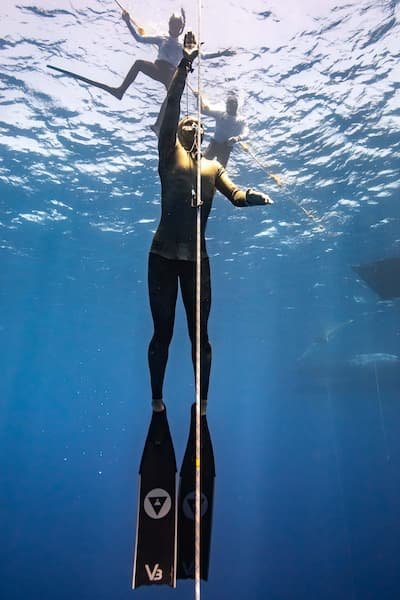
While protein powders are often marketed as convenient solutions for athletes, they lack the complexity of whole food sources. Whole foods provide not only complete amino acid profiles but also critical co-nutrients that facilitate absorption and utilization. Fish, eggs, legumes, dairy, meat, nuts, and seeds each carry a unique matrix of vitamins, minerals, healthy fats, and bioactive compounds. These elements influence digestion, hormonal regulation, inflammation, and recovery in ways that isolated protein powders cannot replicate.
Fish and seafood supply high-quality protein alongside omega-3 fatty acids, which reduce inflammation and support cardiovascular health. Eggs provide choline, vitamin D, and iron, all essential for red blood cell formation and nervous system function. Legumes combine protein with complex carbohydrates and fiber, delivering sustained energy release that aligns well with the demands of long training days. Lean meats offer dense sources of amino acids and micronutrients, while fermented dairy products contribute probiotics that support gut health, a factor increasingly recognized as central to immune function and nutrient absorption. Nuts and seeds offer a balance of plant proteins, magnesium, and unsaturated fats, supporting both muscular and metabolic health.
These synergistic nutritional profiles cannot be recreated by powders. While a scoop of whey may provide a burst of amino acids, it does so without the micronutrients that modulate their use. Overreliance on powders can also displace nutrient-dense meals, leading to deficiencies over time. For freedivers, whose performance depends not only on muscular function but on oxygen transport, inflammation control, and recovery from oxidative stress, this matters deeply. Whole foods offer a slower, more sustained release of amino acids, supporting prolonged periods of repair, while also stabilizing energy levels and hormonal signals.
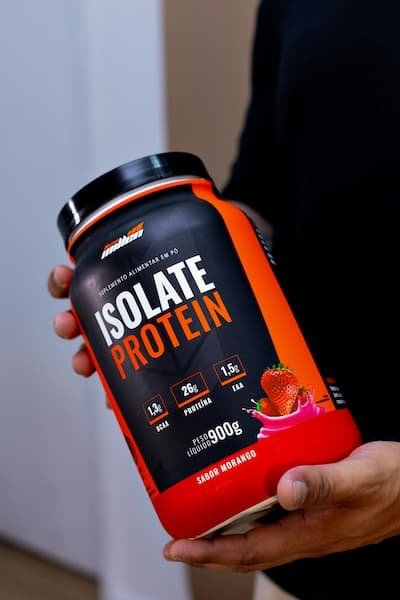
In addition to total daily intake, the timing and distribution of protein throughout the day influence adaptation. Research indicates that spreading protein evenly across meals leads to greater cumulative stimulation of muscle protein synthesis compared to skewed patterns of intake. For freedivers, consuming moderate amounts of protein with breakfast, lunch, and dinner, and ensuring an intake following training or dive sessions, provides a steady supply of amino acids for tissue repair. Post-dive meals are particularly important, as muscles and connective tissues are in a state of heightened sensitivity to nutrients following exertion.
Evening protein intake can also play a role in overnight recovery. Slow-digesting proteins, such as those found in cottage cheese or yogurt, supply a gradual release of amino acids during sleep, supporting tissue repair and adaptation during the night. This strategy has been shown in athletic populations to improve overnight protein balance and enhance recovery markers. Freedivers engaging in multi-day training camps or repetitive depth sessions can benefit from paying close attention to this timing, as recovery windows between dives are often short.
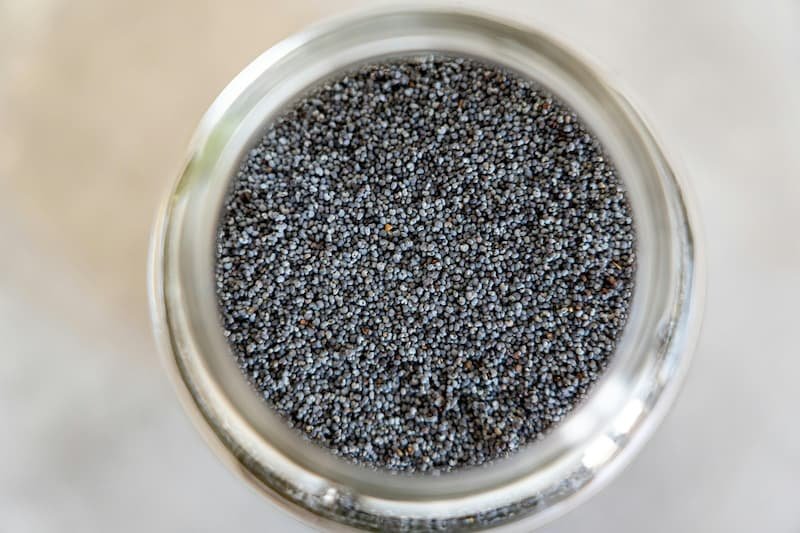
Freediving rewards efficiency. Excess body fat increases drag and alters buoyancy, while insufficient muscle mass compromises propulsion and stability. Protein intake plays a crucial role in maintaining this balance. Adequate protein supports lean mass while facilitating fat loss during periods of caloric deficit. It also helps regulate appetite through hormonal pathways, reducing the risk of underfueling or erratic energy intake that can compromise training quality. For freedivers managing body composition to optimize performance at depth, whole food protein sources provide the dual advantage of supporting muscle retention while delivering the micronutrients necessary for metabolic health.
For divers over 40, this becomes particularly important. Sarcopenia, or age-related muscle loss, can undermine both strength and endurance. Regular strength training combined with sufficient protein intake helps counteract this process. By distributing protein evenly and selecting nutrient-dense sources, older freedivers can maintain lean mass and extend their athletic lifespan, continuing to perform at high levels well into later decades.
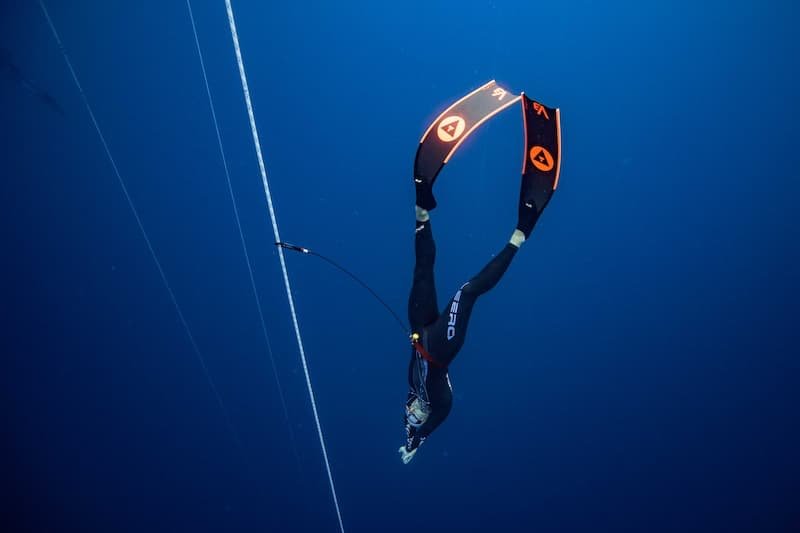
Freedivers often hold a deep connection to the ocean. This connection extends to the way we source our food. Prioritizing whole foods naturally encourages more sustainable and thoughtful dietary choices. Selecting locally caught fish, seasonal produce, and minimally processed ingredients reduces environmental impact while aligning with the ethos of the sport. In contrast, protein powders are often produced through industrial processes with significant resource footprints and packaged in plastic containers that contribute to waste. Building a diet around whole foods reinforces both physiological and ecological integrity.
Moreover, relying on whole foods encourages more mindful eating patterns. Sitting down to a meal of grilled fish, legumes, and vegetables engages the senses and promotes satiety. This contrasts with the quick consumption of a shake, which may meet numerical protein targets but does little to cultivate a balanced relationship with food. Freediving thrives on awareness and intention. Applying that same awareness to nutrition deepens the practice beyond training and performance.
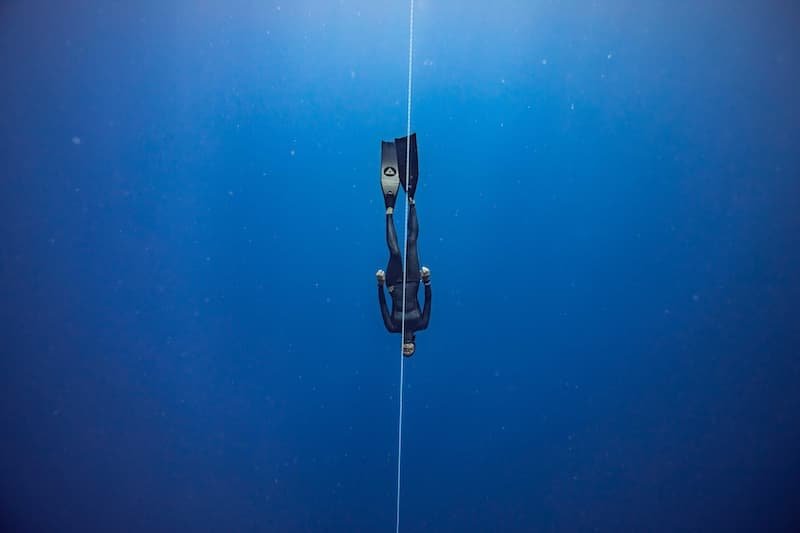
Optimizing protein intake does not require complicated systems. It involves understanding the physiological demands of the sport and aligning daily eating patterns accordingly. By setting a daily target based on body weight, prioritizing whole food sources, distributing intake evenly, and timing meals to support recovery windows, freedivers can create a nutritional foundation that supports both adaptation and longevity. Supplements may play a role in situations where whole foods are unavailable, such as travel or immediately post-dive when access to meals is limited, but they should remain secondary. The cornerstone of a freediver’s nutrition should reflect the sport itself: deliberate, efficient, and grounded in nature.
Protein is far more than a macronutrient on a label. It is the substrate from which the freediver’s body is continually rebuilt in response to the stresses of training, depth, and time underwater. Meeting daily protein needs through whole foods provides not only the essential amino acids for repair but also the full spectrum of nutrients required to support the complex physiological demands of freediving. It improves recovery, preserves lean mass, enhances metabolic efficiency, and supports sustainable, mindful eating patterns. While powders can serve as convenient tools, they cannot replicate the depth of nourishment found in natural foods. In a sport defined by its respect for natural forces, it makes sense that our nutrition should follow suit.
References
Drviš, M., et al. (2024). Nutritional Recommendations for Breath-Hold Divers. ResearchGate.
Phillips, S.M., & Van Loon, L.J.C. (2011). Dietary protein for athletes: From requirements to metabolic advantage. Applied Physiology, Nutrition, and Metabolism, 36(5), 647–654.
Thomas, D.T., Erdman, K.A., & Burke, L.M. (2016). Position of the Academy of Nutrition and Dietetics, Dietitians of Canada, and the American College of Sports Medicine: Nutrition and Athletic Performance. Journal of the Academy of Nutrition and Dietetics, 116(3), 501–528.
Moore, D.R. (2015). Protein requirements for skeletal muscle adaptation. Nutrients, 7(1), 815–826.
Morton, R.W., et al. (2018). A systematic review, meta-analysis and meta-regression of the effect of protein supplementation on resistance training–induced gains in muscle mass and strength in healthy adults. British Journal of Sports Medicine, 52, 376–384.
Tipton, K.D., & Phillips, S.M. (2013). Dietary protein for muscle hypertrophy. Nestle Nutrition Institute Workshop Series.